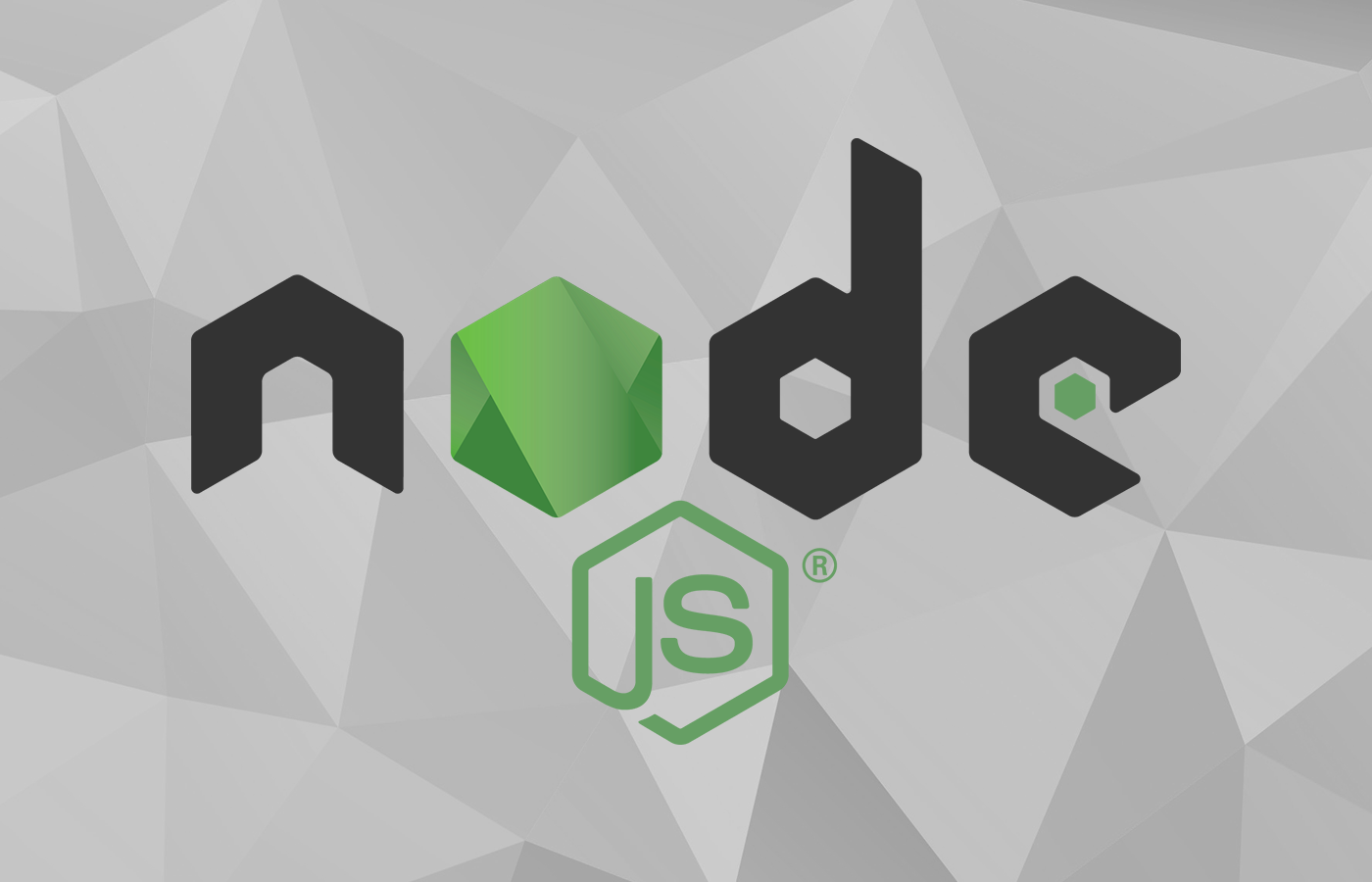

So, in order to excavate into the world of Node, we will examine its core part: the event loop, which, in fact, is the part responsible for its non-blocking I/O model. Understanding exactly how Node works behind the scenes will not only generate a greater knowledge of this technology, but it will also create traction for the people out there who haven’t used it to actually dive in and start learning it.Īnd for all the people out there who are already professionals in this field, understanding the in and outs of it will turn you into a new, up-to-date developer fully equipped to enhance its performance based on your needs. That is really what mutated it into a must-have for every web developer out there. After reading the bullet points above, you might think of Node.js as just another JavaScript technology, yet the most important part of understanding it is by analyzing how it can be asynchronous and have a non-blocking I/O system altogether.

Node package ecosystem (npm) is the largest ecosystem of open source libraries in the entire worldīut still, all these answers aren’t satisfying for me there’s something missing.Node.js uses an event-driven, non-blocking I/O model that makes it lightweight and efficient.Node.js is a JavaScript runtime environment built on Chrome’s V8 JavaScript engine.The easiest way for me to answer such a question would be by listing out many definitions of what Node technically is: Whenever I hear people discuss Node.js, there are many questions that come up about what it is exactly, what this technology is good for, and whether there is a future for it. A complete guide to the Node.js event loopĮditor’s Note: This article was updated on. Piero Borrelli Follow Fullstack developer.


 0 kommentar(er)
0 kommentar(er)
